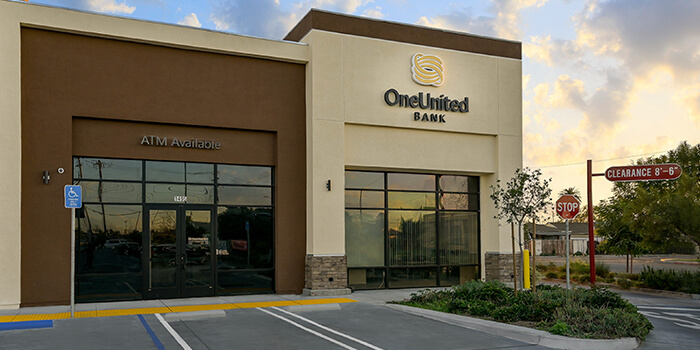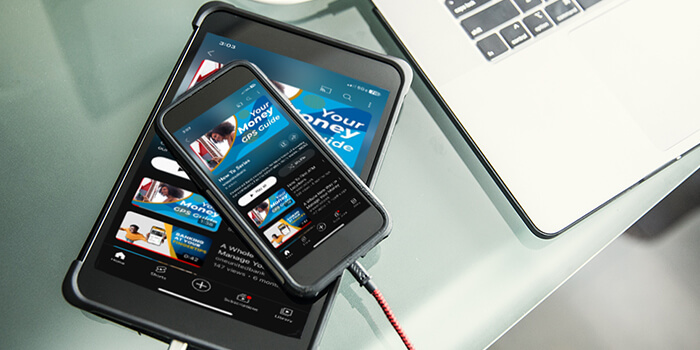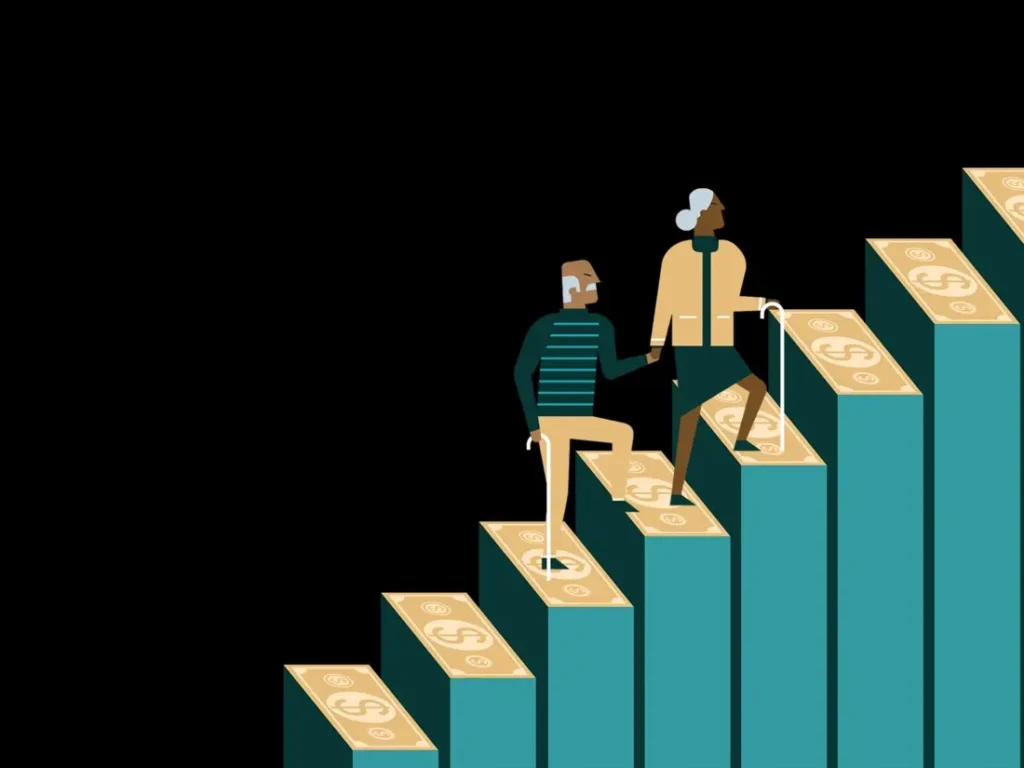Summary
"Retire Early with the F.I.R.E Method" explores the strategy for financial independence and early retirement, highlighting the need for high savings rates and discipline. It addresses the discrepancies in retirement savings across races and presents the F.I.R.E. method as a solution for achieving financial freedom. Different F.I.R.E. strategies like Lean, Barista, and Flamingo are outlined, each offering a unique approach to saving and working towards early retirement, tailored to individual financial goals and lifestyles.
Retire on your terms with a method for achieving financial independence and retiring early. It’s FIRE! Imagine retiring or semi-retiring in your 30s or 40s, decades early. Get ready to break free from the traditional retirement timeline and design a life where your money works for you.
The FIRE Method, standing for Financial Independence, Retire Early, is a bold mindset for early retirement, challenging the traditional retirement age of 67. Followers aim to build substantial savings and investments, enabling them to retire decades earlier than usual. This method requires great discipline and sacrifice. It may not be optimal for many as lifestyles and financial starting points differ greatly.
Per a July 2023 report from the U.S. Government Accountability Office, Black workers aged 51 to 64 are least likely to have a retirement account among all racial and ethnic groups. When we do, our median balance is far below that of white adults of the same age across all income levels. White households have about 2 times the median retirement balance as households of all other races.
Despite challenges, the FIRE Method serves as inspiration for advancing financial security and freedom, potentially offsetting the impacts of the Black Tax.

FIRE Breakdown
Highlights
- How you will approach FIRE will depend on your current finances and retirement goals.
- FIRE calls for an aggressive saving level of 50% to 75% of income.
- Requiring extreme discipline and lifestyle changes, FIRE may not be right for everyone.
FIRE aims to achieve freedom and flexibility through independence. Followers of the movement aim to retire in their 30s, 40s or 50s with great sacrifice. Depending on outstanding debts, desired retirement age, and current income, some aim to save up to 75% of their earnings. Others may instead increase their income with side hustles or passive income streams.
While austerity might not always be a realistic option and real life complications can derail ambitious levels of savings, there are several ways to flip FIRE and approach it differently.
🔥 Lean FIRE
Fat FIRE, which is the standard FIRE approach, requires a “FIRE Number” that is 25 times your estimated annual expenses during retirement.
For example, at a $50,000 annual expense during retirement, you would need $1.25 million saved. Per the 4% rule, you would withdraw 4% of your investments per year at $50,000 of the $1.25 million.
Lean FIRE differs by setting your annual expenses lower for a more frugal lifestyle. For example, by setting your target budget to 40,000, your saving goal would decrease to $1 million.
☕️ Barista FIRE
Barista changes the end goal and focuses on control over how much you work. To achieve optimal work-life balance, Barista FIRE changes from full-time work to part-time work.
While saving enough to partially cover living expenses, this semi-retirement approach offsets the excessive sacrifices of other FIRE approaches. Full retirement is not achieved with this approach.
🦩 Flamingo FIRE
This more complicated FIRE approach consists of three phases: accumulation, semi-retirement, and financial independence.
Stage 1 – Accumulate:
Reach half of your FIRE number. Once you have reached this, you can move onto stage 2.
Stage 2 – Semi-retirement:
- Once you hit this stage, you enter semi-retirement, letting the half egg nest you’ve accumulated grow in the background. While you let it grow, you will be partially employed–enough to cover your living expenses.
- Granted your nest egg grows in an account with returns of 7% per year, it will double in ten years. To find out the time it will take to double, divide 72 by your estimated annual return.
Stage 3 – Financial Independence:
Once you have reached your FIRE number, you can stop working and start withdrawing 4% annually from your retirement accounts.

That’s FIRE – a radical way to retire early! By no means a one-size-fits-all approach, FIRE doesn’t suit every person or family. Regardless of which FIRE you choose, it’s about making it work for you, your goals, and your desired lifestyle.
Don’t stop at FIRE! Explore the other ways to approach savings and investing for financial freedom.
Keep your fire burning with our Financial Literacy Center, and level up all areas of your literacy. #GetFinanciallyLIT today!
OneUnited Bank is not a financial advisor and recommends you discuss with your family and a financial advisor.


















